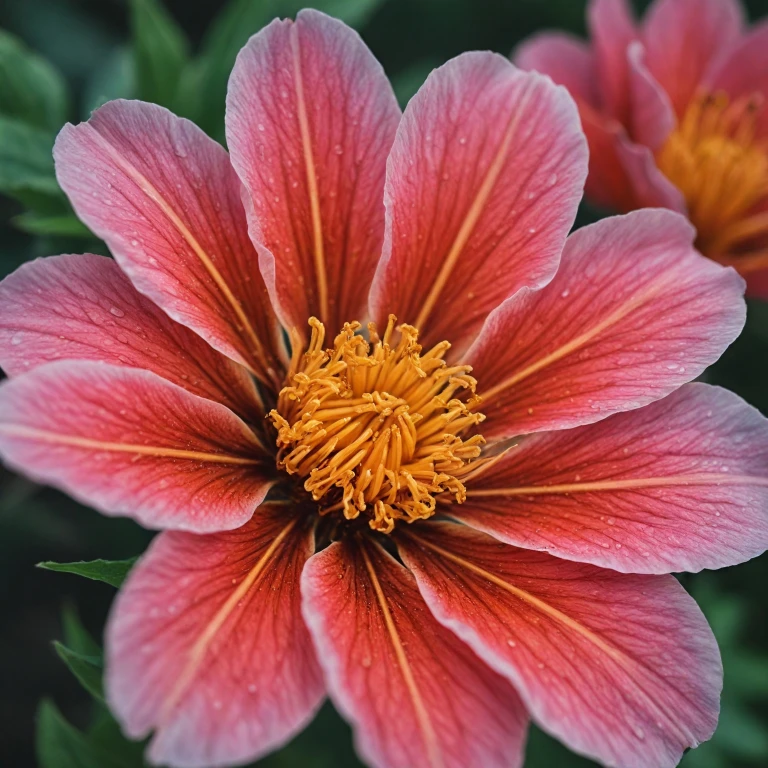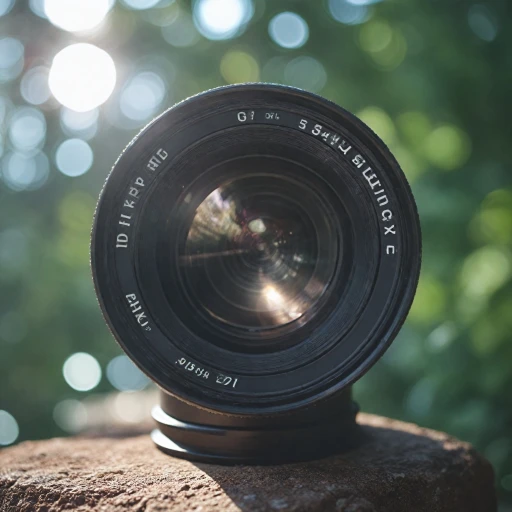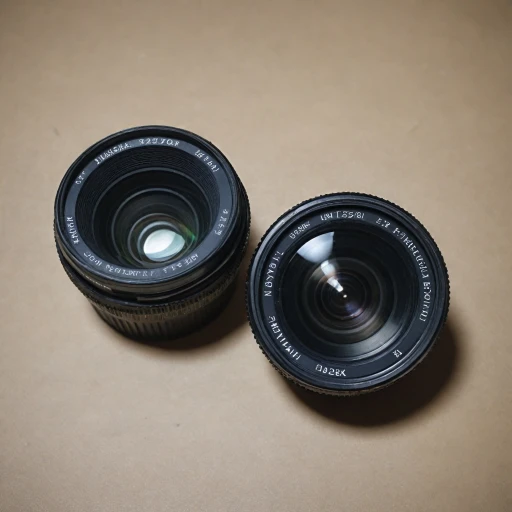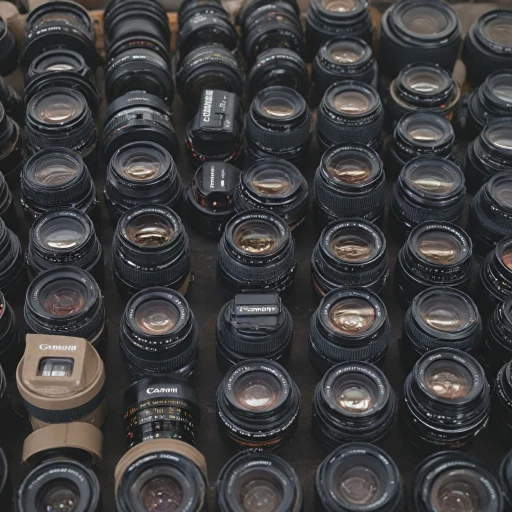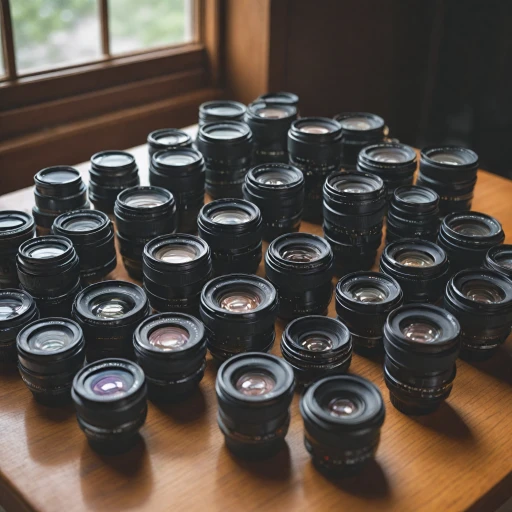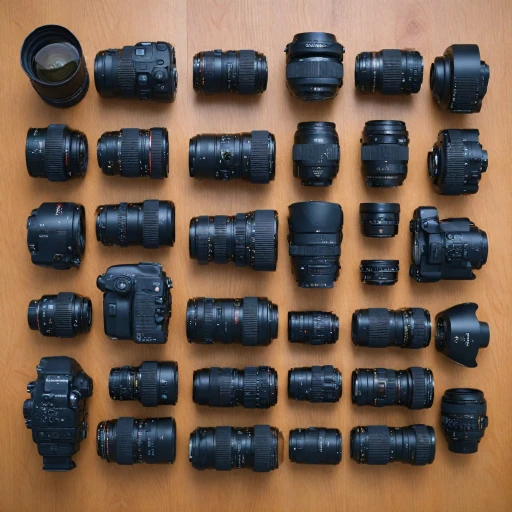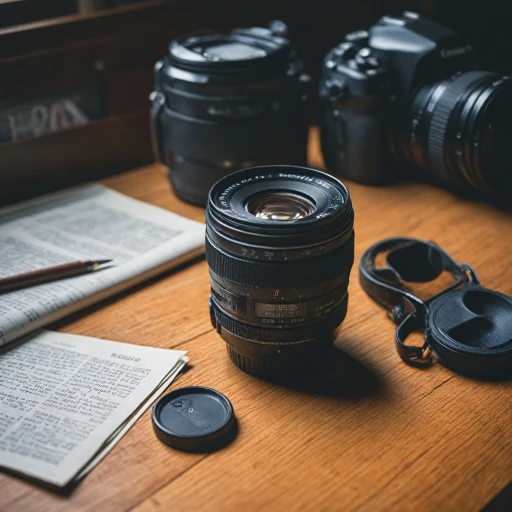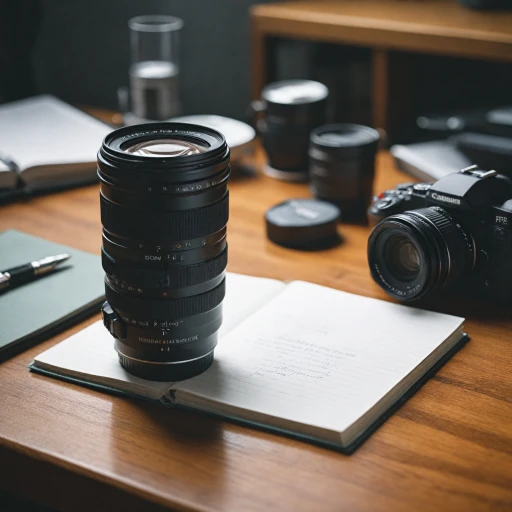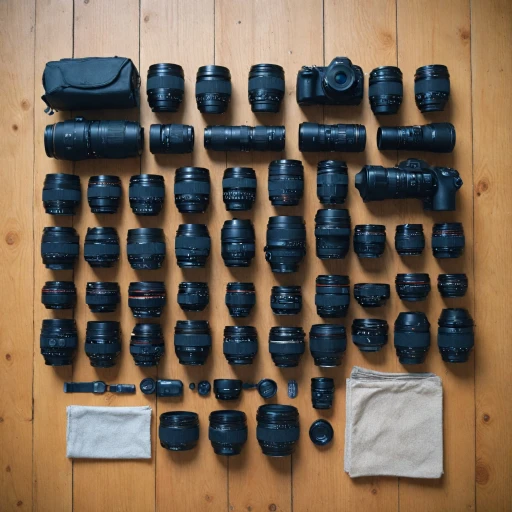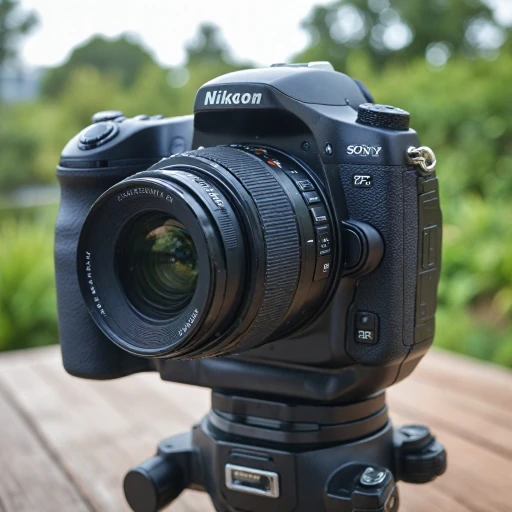Understanding Macro Lenses
Demystifying the World of Macro Lenses
Macro photography opens up a captivating world, revealing intricate details often missed by the naked eye. The heart of this genre lies in the macro lens, a special type of camera lens designed to capture minute details. Understanding what makes a macro lens unique is crucial for photographers keen on delving into close-up photography. Macro lenses are engineered to provide life-sized or larger image reproductions with exceptional sharpness and quality. Canon's offerings, such as the Canon macro lenses, are popular choices for photographers who seek high-quality, detailed images. The primary appeal of these lenses is their ability to capture the world in a new perspective, making the smallest subjects appear grand and full of intricate detail. When discussing macro lenses, terms like "focal length," "aperture," and "lens hood" frequently come into play. These lenses typically feature specific focal lengths allowing for a focused angle view, essential in maintaining the desirable distance for capturing high-detail shots. Canon's macrophoto lens extends this capability, ensuring photographers can achieve a perfect shoot-down focus distance. Both digital camera enthusiasts and professional photographers find value in macro lenses as they offer a unique perspective of nature, textures, and intricate patterns. Unlike standard camera lenses, macro lenses have a significant advantage in close-ups due to their focused sharpness, adjusted aperture blades, and wide aperture range. Navigating the technical aspects of these lenses, such as manual focus versus the Canon STM system, plays a substantial role in achieving optimal images. Depending on the photography needs, the balance between automated systems and manual adjustments can drastically affect photo quality. For those interested in exploring beyond macro, understanding the effective use of different lens types can enhance the reach of your camera system, adjusting the photography lens series to various creative challenges. Enhance the reach of your camera with these unique insights tailored for photography enthusiasts.Features of the Canon 20mm f/3.5 Macrophoto Lens
Innovative Features of Canon's Macro Masterpiece
When delving into the features of the Canon 20mm f/3.5 Macrophoto Lens, the first aspect to strike any photography enthusiast is its exceptional macro capabilities. Designed with the dedicated macro photographer in mind, this lens is built to capture the intricate details often sought in macro photography. Its focal length of 20mm provides a unique perspective, offering an expansive view that sets it apart from other macro lenses. The lens features an aperture effective system with seven rounded blades that helps achieve stunning bokeh, enhancing the aesthetic appeal of close-up shots. While the wide angle suited for a broader view, the f/3.5 maximum aperture ensures ample light, even in dim conditions. This dynamic aperture range aids in managing depth of field, a crucial element in enhancing image sharpness and focus. Additionally, the Canon lens incorporates cutting-edge STM technology, renowned for its smooth and silent operation. Whether composing stills or recording videos, this ensures a quiet focusing experience, vital for capturing images of skittish subjects in macro photography. Manual focus is another important feature of this Canon macrophoto lens, allowing photographers to fine-tune their focus precisely where it's needed. This is particularly beneficial when shooting intricate subjects where a slight shift in focus can make or break the composition. To further protect the lens and maintain image quality, a lens hood can be attached, preventing unwanted flares and enhancing the overall quality of photos taken outdoors or in well-lit environments. Likewise, it's essential to safely store this advanced tool to preserve its longevity. Have you considered the significance of choosing the right lens case for your digital camera? Detailed guidance can be found here. In summary, the Canon 20mm f/3.5 Macrophoto Lens combines specialized features to offer unparalleled macro photography capability. From its innovative aperture design to STM focus technology, it's crafted to enhance any photographer's experience with stunning sharpness and exceptional quality.Advantages of Using the Canon 20mm f/3.5 Lens
Why Choose the Canon 20mm f/3.5 Lens for Macro?
The Canon 20mm f/3.5 Macrophoto Lens offers several compelling benefits that make it a preferred choice for enthusiasts venturing into macro photography. Incorporating well-designed features, this lens stands out, ensuring photographers capture breathtaking close-up images. One of the prominent advantages lies in its focal length. With a 20mm focal length, photographers can achieve a unique wide-angle view that's uncommon in typical macro lenses. This allows for greater skills in capturing subjects with a broader perspective, making it suitable for small environment setups. Perhaps an underrated aspect is the manual focus system, which allows for precise control. While some might find the absence of autofocus daunting, this Canon macro lens encourages a deeper engagement with the subject, honing one’s photographic skills. The aperture effective range further enhances image quality. With its aperture blades, the lens ensures excellent sharpness, critical in highlighting minute details in macro photography. The defined edges and sharp contrasts are what many photographers aspire for in their shots. In terms of build, this lens supports a lens hood, an ergonomic addition that minimizes flare and improves image clarity. Such elements while simple, can drastically improve the digital camera performance. Furthermore, Canon STM technology allows for smoother aperture transitions when shooting videos. This addition complements the versatility of using the lens for both photos and videos, ensuring dynamic content creation. Lastly, the robust build quality ensures durability, making it a long-term investment especially for those who are serious about their photography journey. When comparing with other lenses, like Nikon or Olympus Zuiko options, the Canon lens proves to be a reliable companion given its specialized design tailored for macro shots. For a detailed comparison of similar lenses, you might find this comparison insightful in understanding how Canon’s offering stacks up against others in the market. While considering the sharpness, focus, and overall image quality, the Canon 20mm f/3.5 prospectively stands out as a significant asset for any photographer.Challenges with Macro Photography
Potential Obstacles in Macro Shooting
Macro photography offers a mesmerizing view of the world up close, but it also presents some unique challenges. Understanding these difficulties can enhance your overall photography experience and allow you to capture stunning images with the Canon 20mm f/3.5 Macrophoto Lens or any other macro lens. Firstly, achieving proper focus can be notably intricate. Since macro lenses have a very shallow depth of field, even minor camera shakes can result in a blurred image. Thus, having a steady hand or using a tripod plays a pivotal role in attaining image sharpness. Moreover, the manual focus system on many macro lenses like the Canon lens demands precision, especially when working at very close distances to your subject. Lighting is another aspect where photographers often face limitations. Given the close focal length in macro photography, the lens itself can cast shadows on the subject. An effective solution involves using additional lighting sources or a ring flash to ensure adequate illumination and highlight details effectively. Camera systems also need an aperture that lets enough light hit the sensor without compromising the image quality. The aperture blades are essential in controlling the amount of light and achieving the desired sharpness. Photographers often have to adjust the aperture settings meticulously to strike a balance between image detail and depth of field. Lastly, when capturing macro photos, the nature of image quality could be affected by the angle view of the lens. Canon STM lenses, for instance, offer features that help in improving focus, but photographers may still need to experiment with different angles and positions to effectively compose their shots and cover the entire subject. By being aware of these challenges in advance, photographers can better prepare, using the correct digital camera settings and equipment to ensure every macro image captured is of high quality.Tips for Getting the Best Results
Optimizing Your Macro Photography Experience
Mastering macro photography with the Canon 20mm f/3.5 Macrophoto Lens demands a combination of technical skill and creative vision. Though the lens on its own can deliver stunning quality, employing strategic techniques can elevate your macro images to new heights.- Achieving Precise Focus: Given the narrow focal range of macro work, utilizing manual focus is often advantageous. This lens offers reliable focus control, allowing you to fine-tune details for sharp, precise images. If you're accustomed to autofocus, switching your Canon camera to manual mode might be beneficial for this particular lens.
- Utilizing the Lens Hood: To minimize glare and enhance contrast, integrating a lens hood is recommended. This simple accessory can greatly influence the outcome by preventing unwanted light from affecting the image quality.
- Adjusting Aperture for Sharpness: The aperture setting is paramount in controlling depth of field. With the Canon 20mm Macrophoto's versatile lens aperture range, experiment with different f-stops to achieve the desired balance between focus and background blur. Keep in mind the effective aperture for fine-tuning the sharpness and depth.
- Leveraging Lighting for Detail: Lighting is crucial in showcasing the intricate details of macro subjects. Consider using natural light when possible, or invest in a system of studio lights or ring flashes to enhance the clarity and detail of your close-up shots.
- Utilizing Proper Support: Stability is key in macro photography. Employ a tripod to maintain a steady hand, reducing camera shake and ensuring steadiness for crystal-clear, detailed images. Look for tripods that offer flexibility in positioning to get the perfect angle view.
Comparing with Other Macro Lenses
Contrasting the Canon Macrophoto with Competing Models
When comparing the Canon 20mm f/3.5 macrophoto lens with other macro lenses, certain nuances in design and performance come into play. This macrophoto lens offers a unique focal length that's not widely found among typical macro lenses, providing an edge for specific photography tasks.Firstly, the Canon lens offers a very particular wide angle view when it comes to macro photography, leading to distinctive image compositions. This is in contrast to the traditional macro lenses that often focus on a longer focal length to capture more detailed close-ups.
The lens Canon's aperture effective plays a critical role in not only affecting the depth of field but also in how it manages light under varying conditions. The Canon macro is engineered with careful attention to the count and curve of the aperture blades, ensuring smooth bokeh and sharp edges. This is a competitive advantage over some Nikon and Olympus Zuiko models, which might differ in sharpness and manual focus abilities.
Additionally, Canon's STM focus system distinguishes itself by providing quieter and smoother focusing compared to other systems. This is particularly beneficial for macro photo work where silence and precision are key. While Nikon lenses may offer similar quality, the STM in Canon macrophoto excels in maintaining image stability and clarity.
Compared to camera systems offering variable aperture lenses, the consistent performance of the Canon macrophoto at its fixed aperture is a testament to its design focus. While some digital camera systems might offer more flexible zoom ranges, the image quality of Canon's lens remains a primary selling point.
Moreover, unlike several photo lens models where a lens hood is a crucial accessory for avoiding flare, the Canon lens has an integrated design that minimizes such risks. This means less dependency on external accessories, offering photographers ease during photo shoots.
Overall, while each photography lens brings its own advantages to the table, the Canon macrophoto lens stands out for its dedicated systems and specific functionalities tailored for macro enthusiasts.
